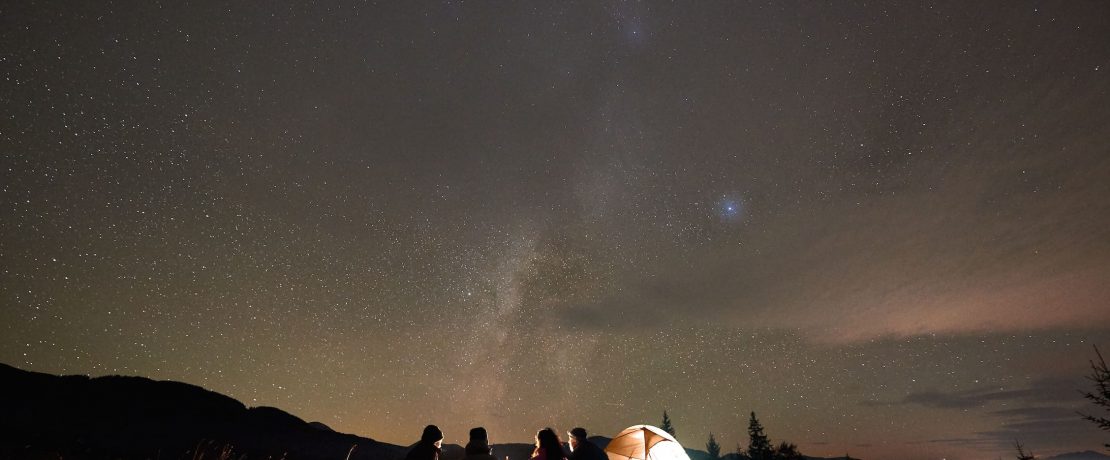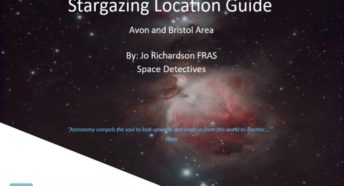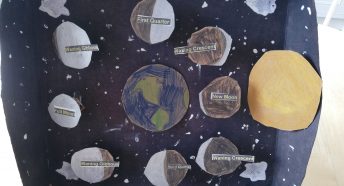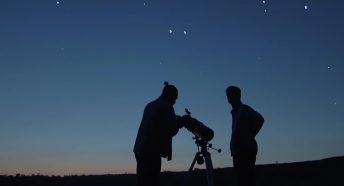Stargazing for beginners
We have put together some things to find in the night sky for beginners. Looking up at the night sky can be overwhelming, due to the sheer volume of beautiful stars. Constellations can also be tricky to spot if you are not familiar with them.
On a clear night, especially when you’re away from the bright lights of towns and cities, the sky can be full of stars, some bright and some not so bright. The longer you look into the sky the more stars come into view as your eyes adjust. You may even be lucky enough to see a huge cloud of stars that stretches from one horizon to the other – our own Milky Way galaxy.
There are lots of different types of objects in the night sky, most of which we can’t see, at least not without specialised equipment. However, some objects are easy to spot, so here are three celestial and solar system objects you can see on a clear night.
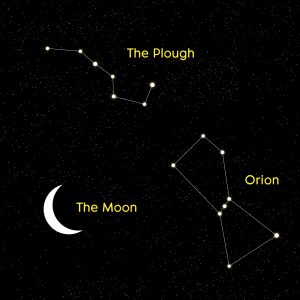
The Moon
The moon is very easy to spot. It’s the second brightest object in the sky and is Earth’s only natural satellite. From Earth it’s visible for almost 30 days each month, so although its appearance changes as it passes through its phases, it is normally one of the first things we notice on a clear night. Despite being about 240,000 miles away, The moon’s gravitational pull controls the oceans’ tides. The moon has a 28 day cycle, which forms the basis of our months and it makes a great starting point for looking at the night skies. Its pocked marks represent millions of years of meteorite impact.
Interestingly, we can only see the same side of the moon from Earth. The moon is rotating as it orbits Earth, meaning that no matter where you are in the world you will see the same parts of it, although the moon might look a bit different as you near the equator and head into the southern hemisphere.
The Orion Constellation
Orion, The Huntsman, is usually quite easy to find. On a clear night, look towards the south-west and find three bright stars which are quite close together, forming a line. Those are Zeta, Epsilon, and Delta, and form Orion’s Belt. Once you’ve found the Belt, you’ll quickly be able to find some of the other stars in the constellation. You should be able to see his shield, his head, and his club.
The Plough Constellation
The Plough has several other names, including Ursa Minor, or The Little Bear. The Plough is made up of seven stars that are part of Ursa Major, The Great Bear. It’s also commonly known as The Big Dipper.
To find The Plough, look towards the North Pole, and then look up to find Polaris – this is the end of The Plough’s handle, or the tip of Little Bear’s tail. With practice, Polaris will become easy to find because it’s always in the same place in the sky.
